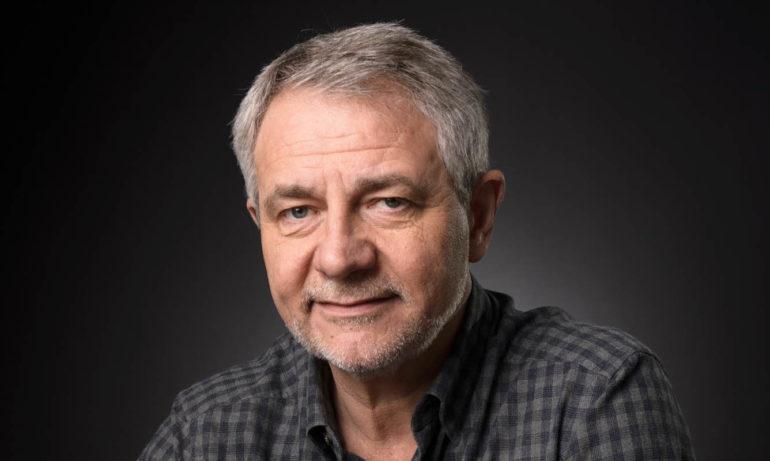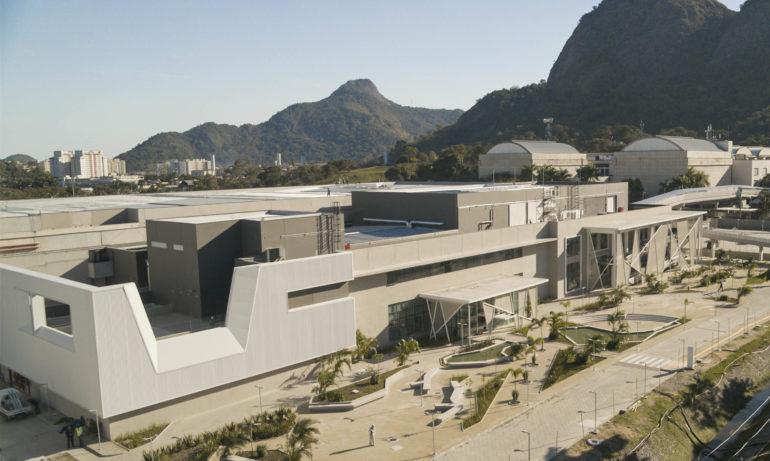Carlos Henrique Schroder on Globo Studios’ Expansion
By Marcelo Cajueiro
LOS ANGELES (Variety.com) – RIO DE JANEIRO — As part of an effort to cope with increasing competition and new viewing habits, Grupo Globo opened Thursday Aug 8 three 4K and 4K HDR equipped studios, totaling 26,000 square meters. With the expansion, Globo Studios, located in Rio, consolidates its position as Latin America’s largest content production center.
The three new studios will be dedicated to the production of telenovelas for the group’s flagship company, broadcaster TV Globo. “Amor de Mae” (Mother’s Love), created by Manuela Dias, is due to be the first production there, with lensing scheduled to begin in October.
TV Globo, which is both the head of a nationwide broadcasting chain and a producer, has enjoyed for the past four decades a comfortable leadership in ratings. The Marinho family-owned Grupo Globo, which also includes pay-TV programmer Globosat, an internet portal, newspapers, magazines, radio stations, a publishing house and other companies, is by far the country’s largest media group.
But if they have no local match, TV Globo and Grupo Globo are now challenged by technological change. They have to compete for viewers, particularly young ones, with global streaming giants Netflix and Amazon Prime Video, which are operating and producing in Brazil, not to mention all other digital platforms.
Globo responded by launching in Oct. 2015 its streaming platform Globoplay, which eventually included original productions, additionally to part of the catalog of TV Globo and Globosat channels.
Carlos Henrique Schroder, general director of TV Globo, spoke about the company’s challenges and strategies in an exclusive interview for Variety:
Additionally to TV Globo, the studios will also be used to produce content for Globosat channels and Globoplay?
The new studios were designed mainly to produce telenovelas for TV Globo, which will benefit in terms of productivity, efficiency and quality, thanks to the fixed scenarios and integrated sets. But the expansion will allow us to boost content production at TV Globo and companies of Grupo Globo. This movement is in line with the path we have followed for a while. We develop stories with universal themes, which are recognized and awarded here and abroad, in partnership with global players and local indie producers. Our programing is fit for open and pay TV, digital platforms, VOD and theatrical.
What are the challenges of Grupo Globo with the entrance into the Brazilian market of global giants, such as Netflix and Amazon, and the increasing popularity of new viewing habits, such as VOD?
The big challenge is to keep the relevance and quality of our content, which requires investments in innovation, creativity and talent. It also requires us To get closer to our viewers, the public we know so well. Viewing habits change, consumers move from one screen to another, but they keep looking for the emotion we provide to them.
How can TV Globo, an audience-leader broadcaster, position itself in this new market? How will TV Globo’s programing be 20 years from now?
Our strategy for the next 20 years will reflect the evolution of society. We are preparing ourselves for existing and new challenges. This opening of studios with technology fit for future formats shows our commitment to the future.
Is Grupo Globo producing more to supply the needs of its new platforms, especially Globoplay?
More than five years ago, when we began to take steps to prepare our company for the future challenges, we revised our creative and production processes. We now produce content for multiple platforms, which supply different windows and travel to many countries. We produce annually about 3,000 hours of entertainment.


